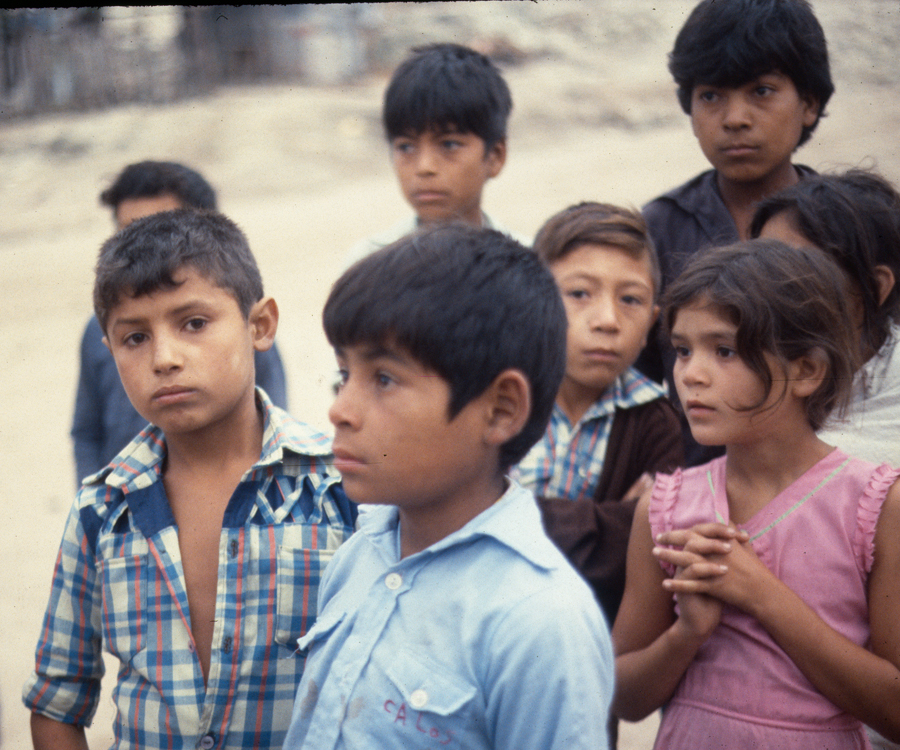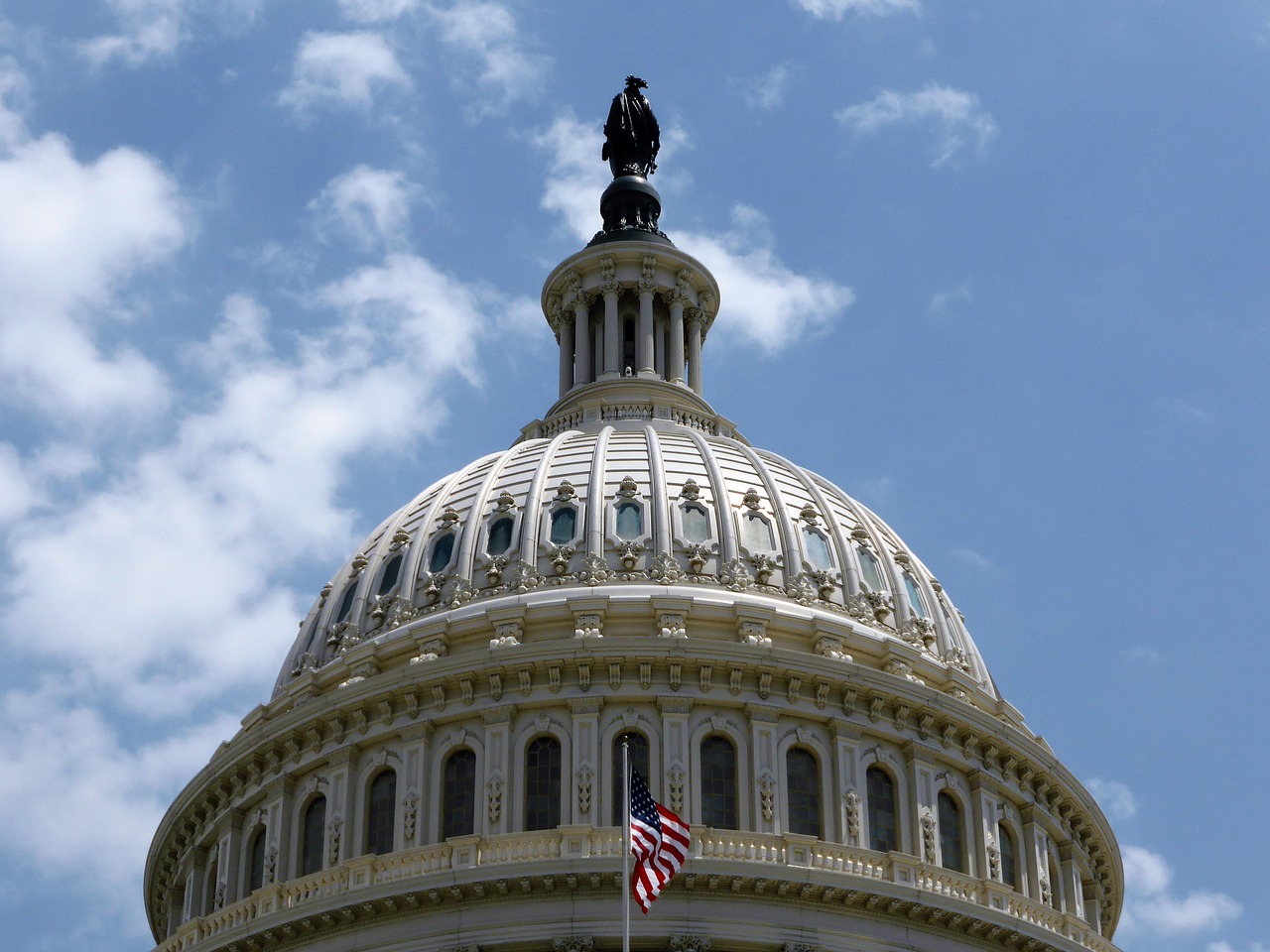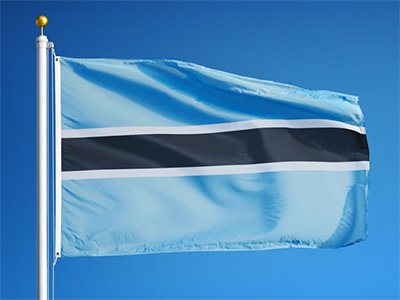Cancellation of CAM Program Continues to Put Children at Risk
The story of the caravan of migrants making their way to the U.S border has captured national attention – including Donald Trump’s – although there has been little media coverage regarding the Trump administration’s dismantling of the Central American Minors (CAM) Program.
The story of these migrants from El Salvador, Honduras, and Guatemala begins at different time periods, but they all center on organized violence in Central America. In fact, a study in 2017 found that 43 of the 50 most murderous cities in the world were in Latin America and the Caribbean, with women and children being the most vulnerable.
Gangs target children because it is easier to indoctrinate new members at a young age; thus, placing women in danger of being raped, and their children being taken from them.
The CAM refugee program was established in 2014 by the Obama administration as a response to the thousands of children who showed up to the border – having made the dangerous month-long journey alone. CAM provided a safer way for these minors to enter the country by allowing parents who were lawfully present in the U.S to legally apply to bring their children to the U.S.
However, the Trump Administration terminated both the CAM program and Temporary Protected Status (TPS) for El Salvadorans and Hondurans.
TPS gave El Salvadorans and Hondurans the legal status they required in order to apply for their children for CAM; thus, parents would immigrate first to the U.S, and then apply for their children to come after they were settled. TPS was established for Honduras in 1998 after Hurricane Mitch ravaged the nation killing over 11,000 people.
El Salvador received TPS in 2001 after a 7.7 magnitude and 6.1 magnitude earthquake struck the country within two months, killing over 1,000 people in total. Guatemalans never received TPS, therefore, if they wished to apply for CAM they would have had to have been legally residing in the U.S.
What is the cause of the violence?
In the 1980s Central America was plagued by civil war – caught in the middle of the Soviet Union and United States’ proxy wars. The U.S backed oppressive dictatorships to prevent Soviet backed guerillas from taking control of the government, and once the Cold War ended these superpowers hoped to just withdraw from the region.
Unfortunately, the aftermath of these civil wars left Central America rampant with corruption, and the natural disasters that followed afterwards created an ideal environment for gangs to move in. In addition, the increased deportations under the Obama administration – many of whom were children – actually escalated the violence in Central America, due to the return of felons to a country where gangs already run the prisons.
The situation in Central America is complicated, but these current children escaping violence are headed to the U.S for safety, and the elimination of CAM only terminated a safe and legal way for these migrants to find refuge.




